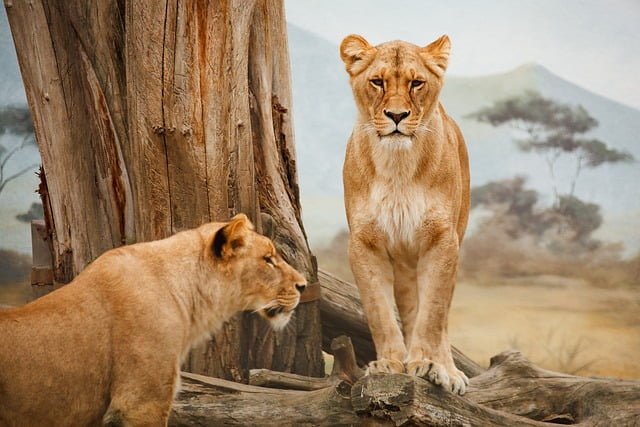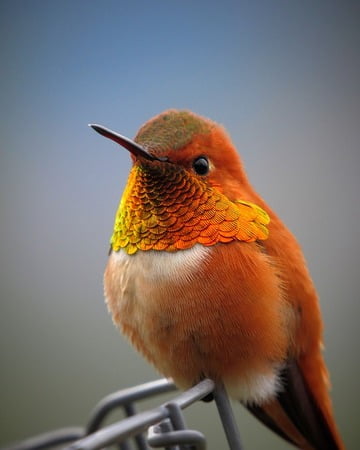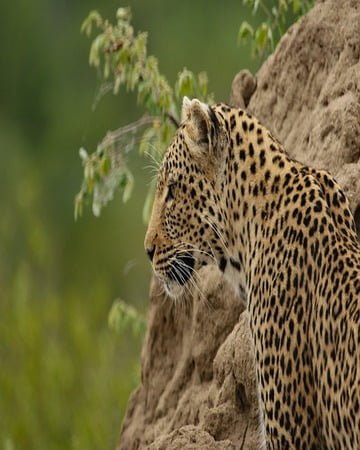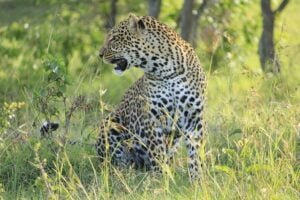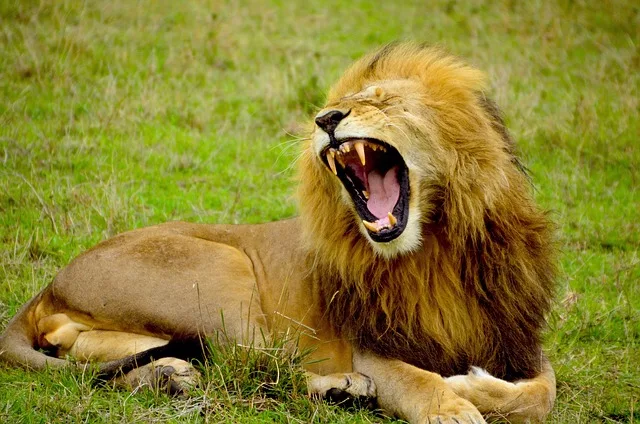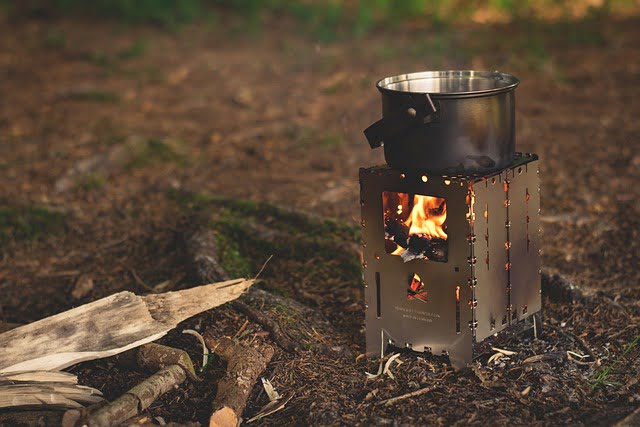Great animal migration in Kenya
4 Kenya safari to Masai Mara is renowned for being vast and full of wildlife, birds, and persistent savannah vegetation.
Vast, rolling plains, seemingly miles of visibility, disclosing dark moving shapes which are, in fact, distant elephants, and tall skinny bodies which, on closer inspection, reveal giraffe necks as they scour tree branches. Kenya is where “safari” was born, and the Masai Mara is, far and away, Kenya’s best. The Mara is huge and alive with animals, birds, and tenacious savannah vegetation. Crosshatched with safari dirt tracks whose route map is known only to the expert driver guides, the Masai Mara is a visual challenge: anywhere you will present a fascinating wildlife drama. “Safari” is Swahili for “travel,” As you safari through the 600 square miles of this protected reserve, your travel takes you through an ancient, elemental world. Prey and predator. Life and death. Nature’s balancing acts play out daily in the savannah, acacia woodlands, and forested riverbanks.
You’ll hear the phrase “Big 5” bandied about, and, of course, they’ll top your game viewing list as well: lion, leopard, elephant, rhino, and buffalo. The chances are good. You’ll see them all here. And more, much, much more. Wildebeest and zebra in migratory motion, Thomson’s gazelle and eland, hartebeest, topi, ostrich, cheetah, jackal, and hyena – and that’s only a scattering of the ground-level denizens. Eagles soar, vulture circle, secretary birds strut, posture, blue-necked guinea fowl root, hippos, and crocs share an easy riverbed truce – one in noisy, splashing groups, the other as silent statues surviving from prehistoric times.
Nomadic Masai tribe members, grazing their cattle and goats outside the park, present slender scarlet silhouettes. They believe Red is a color feared by predators, and their bravery in protecting their herds is legendary.
Masai women, dazzling in beaded jewelry, carry water, fire fuel, and building wood. Their gender roles are as immutable as the natural ecological patterns they seamlessly fit.
From mid-July to mid-September, two million zebra and wildebeest forage north from Tanzania’s
4 Kenya safari to Masai Mara is renowned for being vast and full of wildlife, birds, and persistent savannah vegetation.
Crosshatched with safari dirt tracks whose route map is known only to the safari driver/guides, the Masai Mara is a visual challenge: anywhere you will present a fascinating wildlife drama. “Safari” is Swahili for “travel,” As you safari through the 600 square miles of this protected reserve, your travel takes you through an ancient, elemental world. Prey and predator. Life and death. Nature’s balancing acts play out daily in the savannah, acacia woodlands, and forested riverbanks. You’ll hear the phrase “Big 5” bandied about, and, of course, they’ll top your game viewing list as well: lion, leopard, elephant, rhino, and buffalo.
Serengeti into Kenya’s Masai Mara – one of the world’s most extraordinary wildlife viewing experiences. One the safari-goer shares with the pride of lions as the passing menu potential is sized up by hunting lionesses. Every day in the Mara is unique, unfolding natural wonders and casting its spell. On our first full day in the Mara, we witnessed the birth of a giraffe – a sight seldom seen and a rare privilege we were granted.
Go slowly here, eyes scanning, cameras and binoculars ready, speak in whispers, and you’ll pass without disturbing. The Mara will reveal its secrets.

